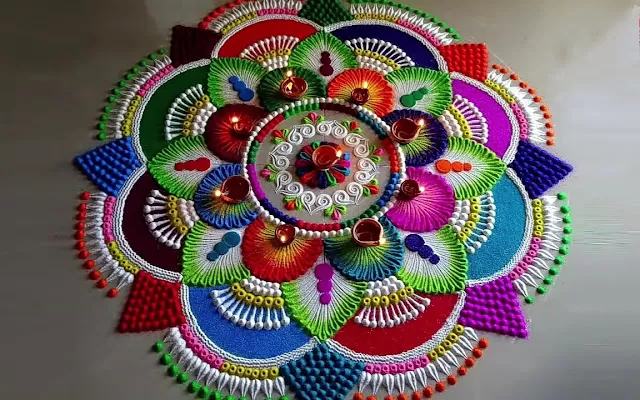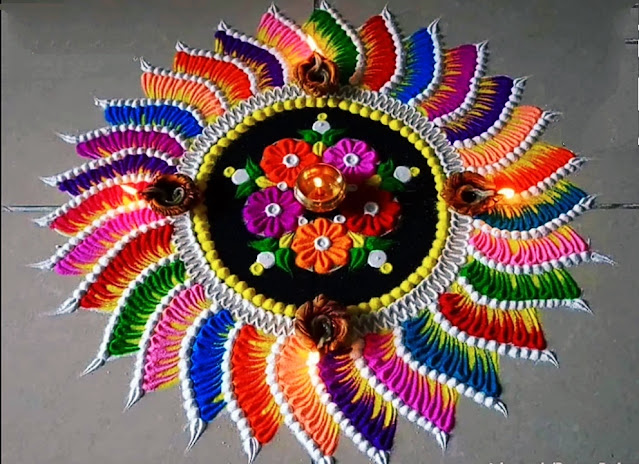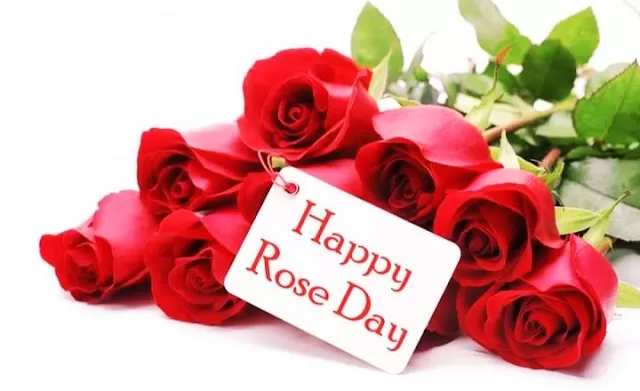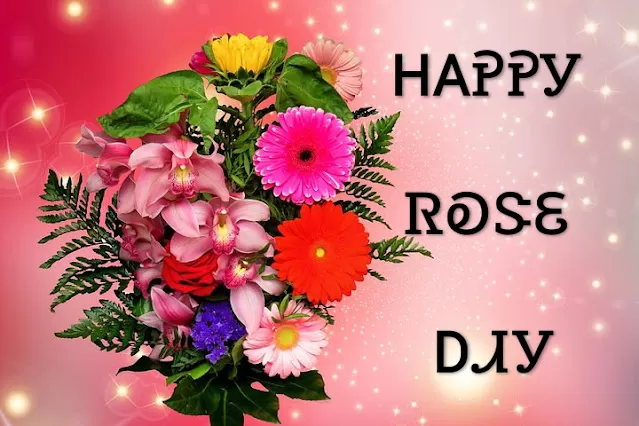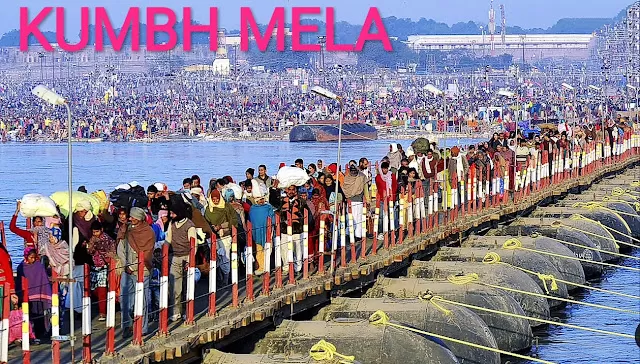Rangoli with Designs:
Table of Contents
Making Rangoli is considered very auspicious in Hindu religion. In South India Rangoli is called ‘Kolam’. ‘Mandana’ in Rajasthan, ‘Chowkpurna’ in North India, ‘Alpana’ in Bengal and ‘Aripana’ in Bihar.
How many types of Rangoli are there?
Rangoli is made in two ways-
Dry and Wet.
What is Rangoli and what is its importance?
Rangoli represents happiness, positivity and liveliness of a household, and is intended to welcome Lakshmi, the goddess of wealth and good fortune.
It is believed that a Hindu house without a clean entrance and rangoli is the abode of poor (unfortunate). The purpose of Rangoli goes beyond decoration.
When did Rangoli start in India?
Rangoli, which means “an array of colors” in Sanskrit, is a traditional Indian art form that dates back to the pre-Aryan period, about 5,000 years ago. It is known as Kolam in Tamil. Rangoli is a multicolored floor decoration that symbolizes wealth, joy and prosperity, as well as thanksgiving to the gods.
What does Rangoli teach us?
Its importance increases even more on the occasion of Diwali. This is the reason why Rangoli is decorated at the doors of the houses every day from Dussehra to Deepawali. Rangoli made of 5 different colors and flowers infuses positive energy in your home and the surrounding environment, which makes the mind happy and the atmosphere very positive.
